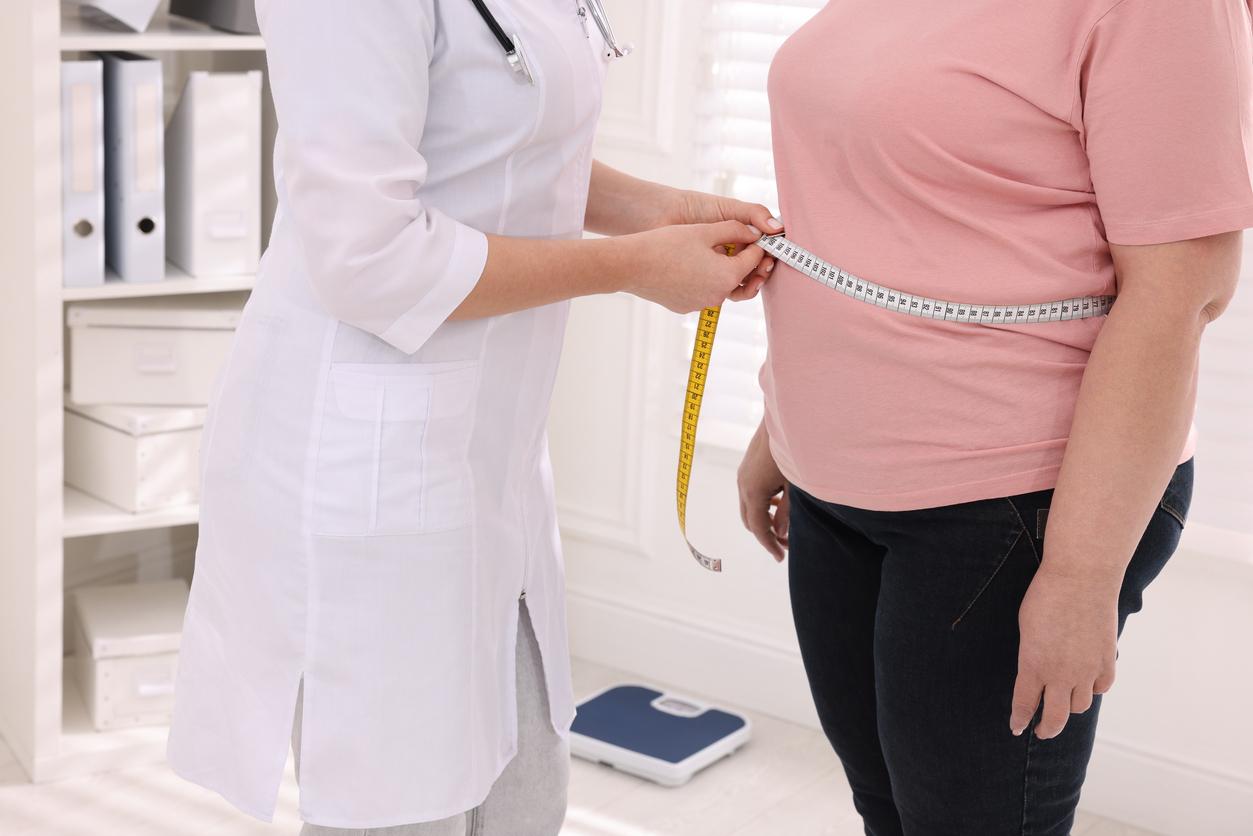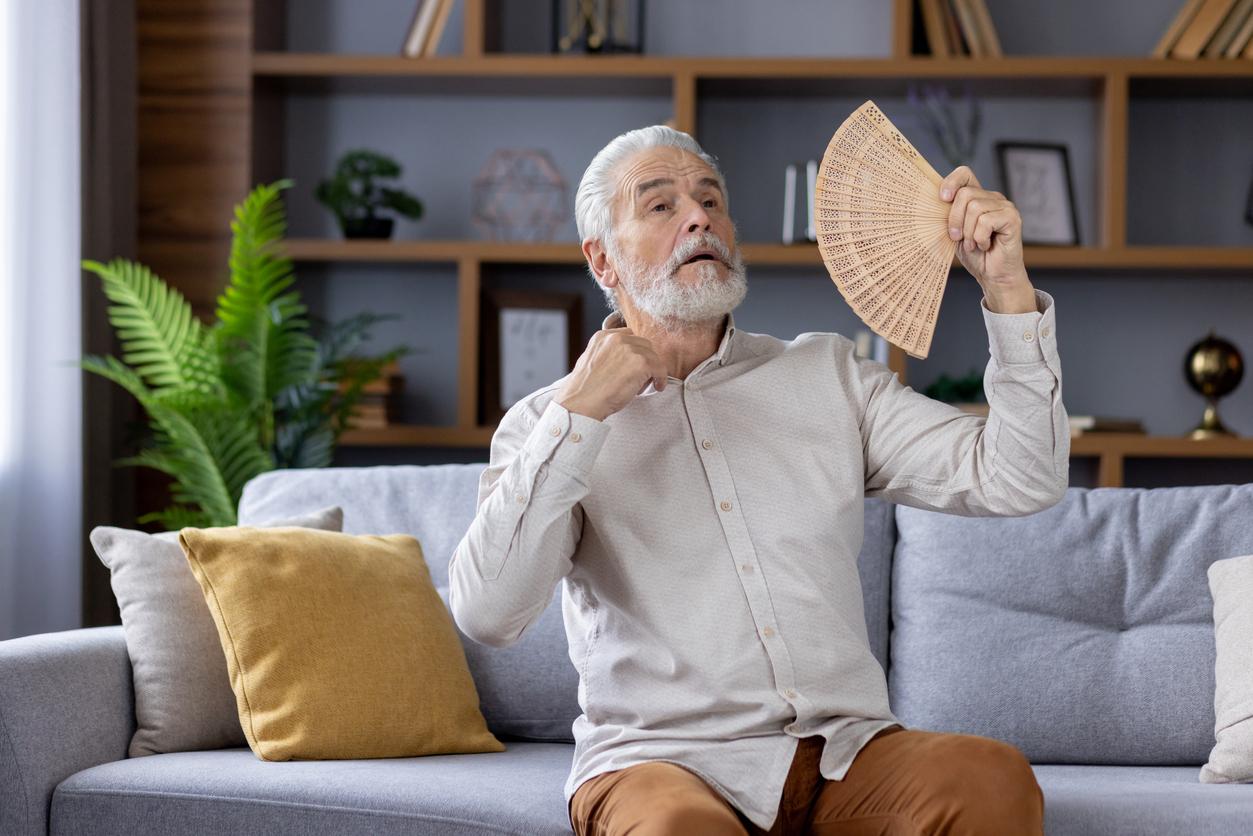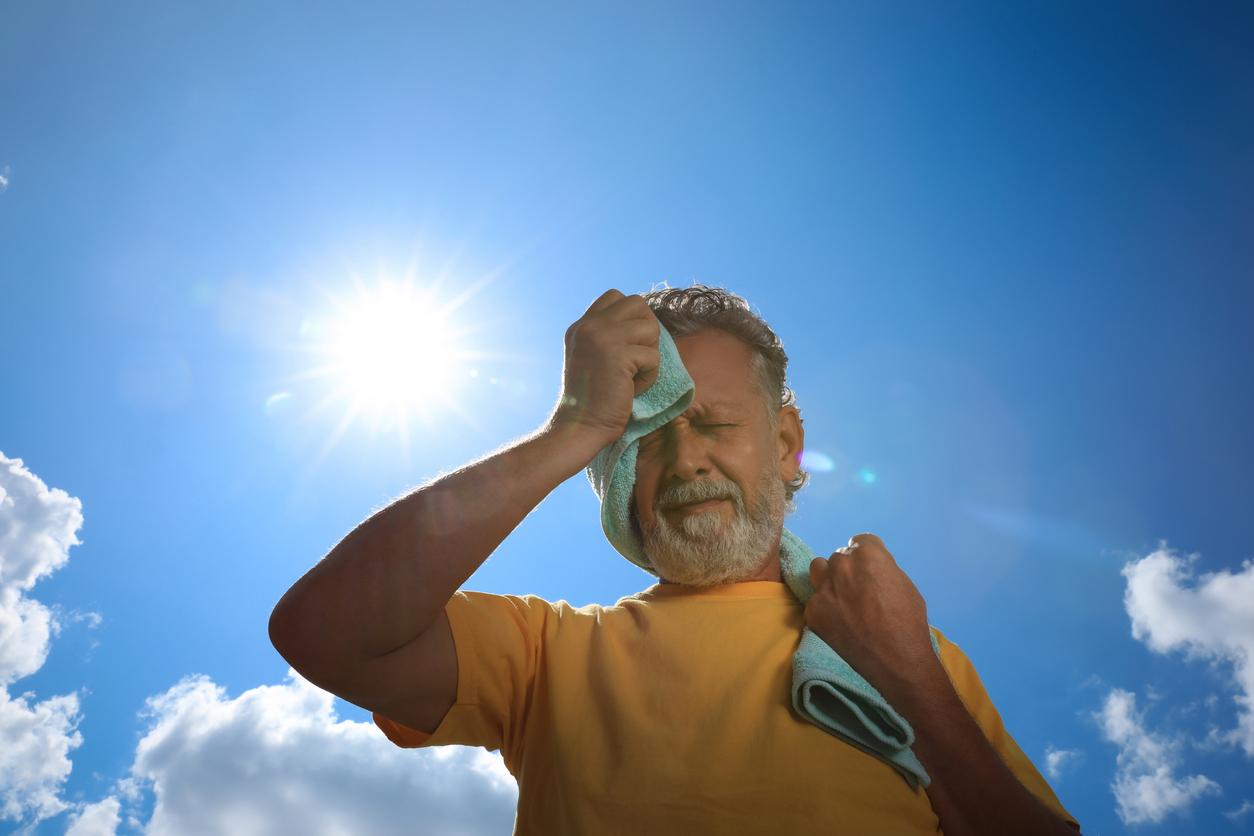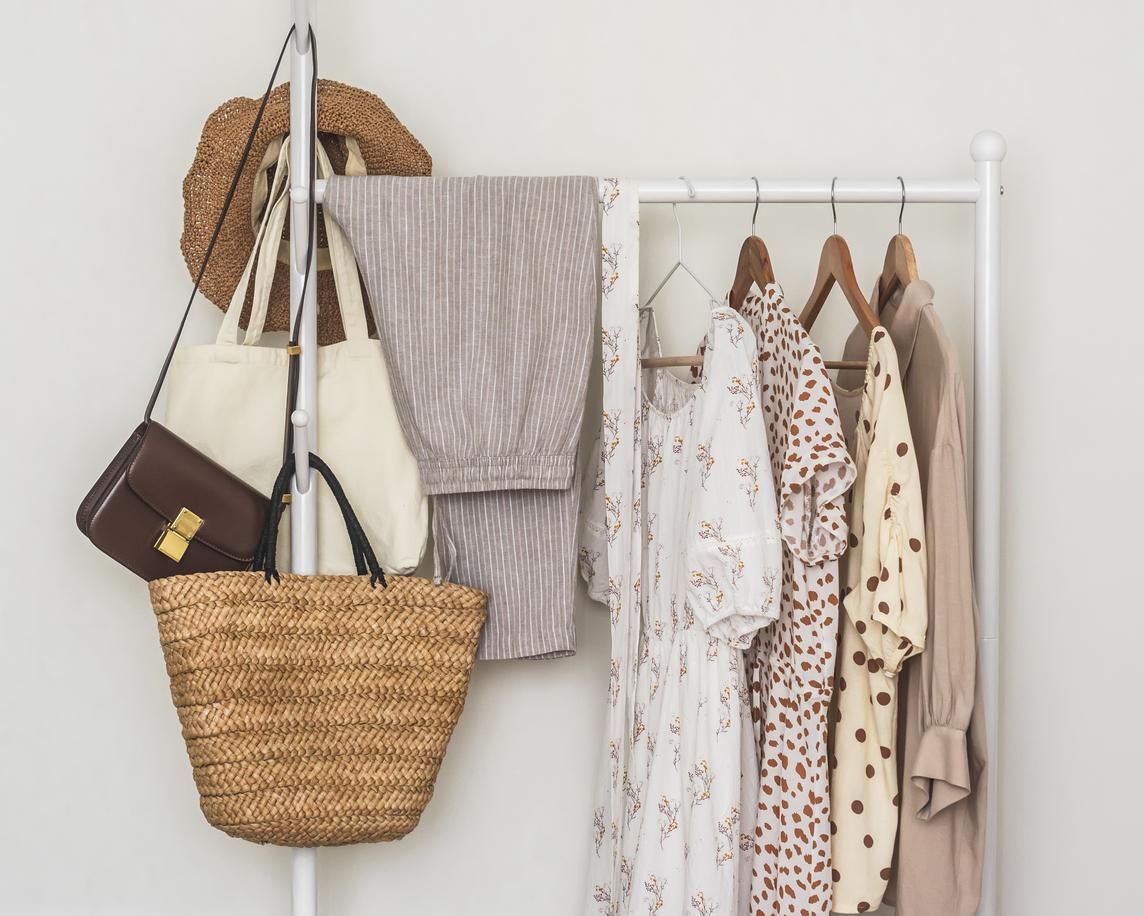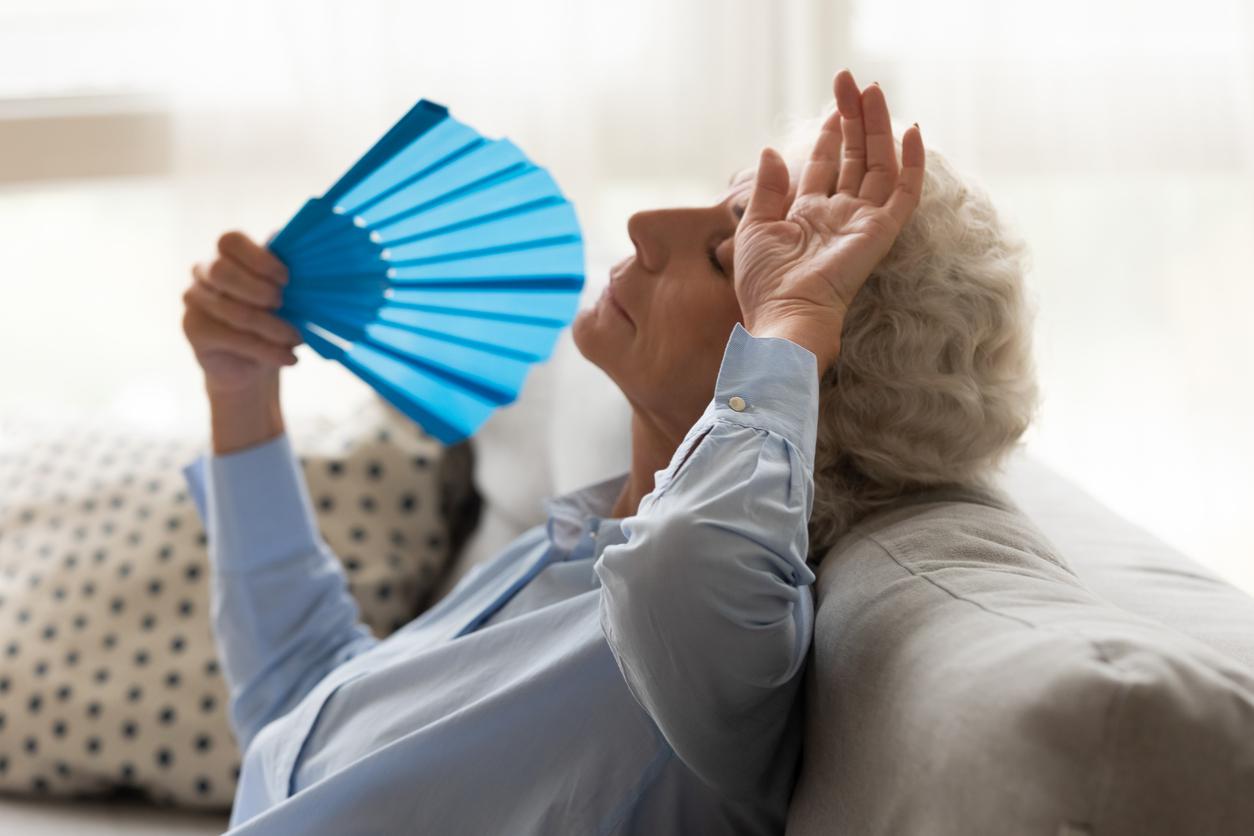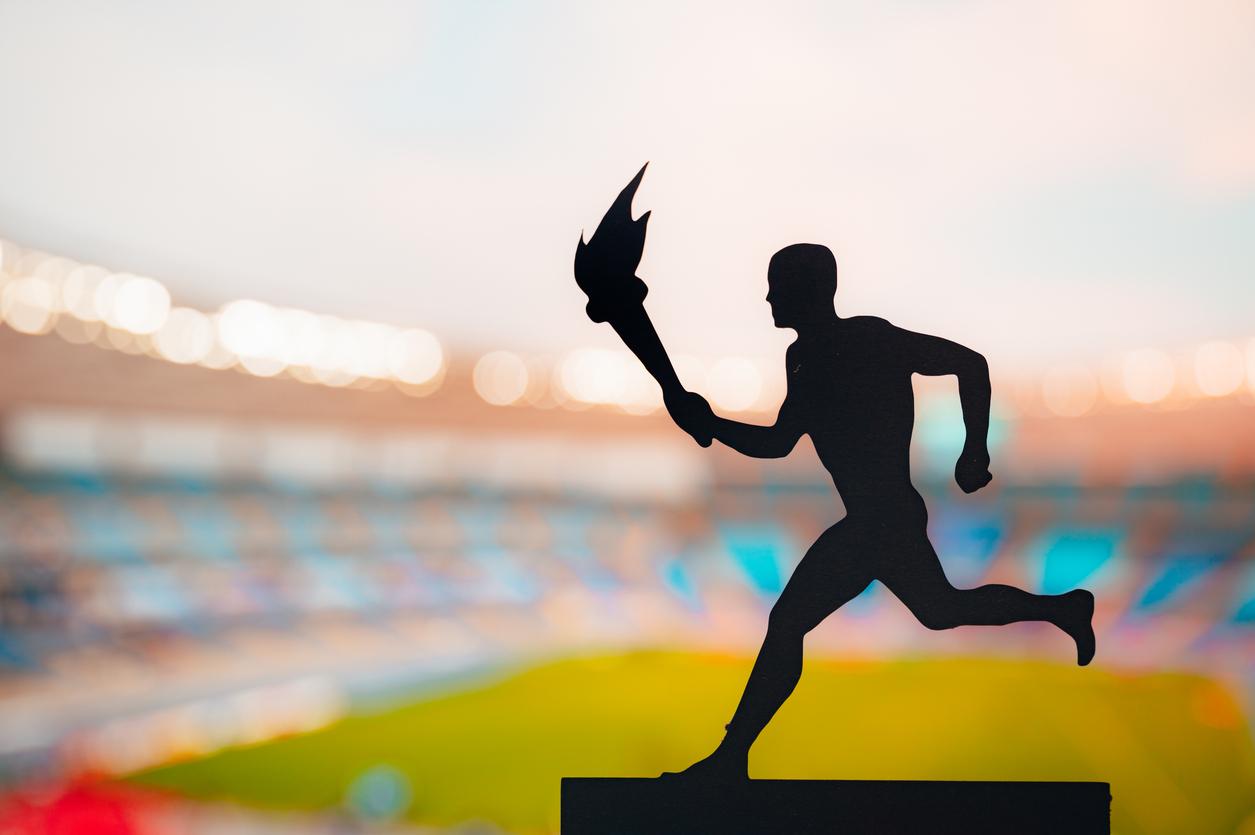Between June 1 and September 30, 2021, nearly 1,500 accidental drownings were recorded and 400 people drowned in France, reports Public Health France.
Drownings represent the first cause of death by accident of everyday life in people under 25 years old. Last year, the number of accidental drownings was down. But it was mainly due to unfavorable climatic conditions for swimming over a large part of the metropolitan territory during the summer period.
This year, on the other hand, the high temperatures and the heatwave alert episodes that we have been experiencing since June, including in regions that are usually more temperate such as Brittany, suggest that this number will start to rise again. Difficult indeed to resist the temptation to go swimming when it is so hot But “a peak of heat multiplies by three the number of drownings” recalls Public Health France, which calls for extreme vigilance.
[#PréventiondesNoyades] A peak of #heat multiply by 3 the number of #drownings
➡️A few reminders to swim safely: https://t.co/gGEEsCGq4Y#CarefreeSummer#Strongheat@Sante_Gouv@Sports_gouv@Ecologie_Gouv@Interieur_Gouvpic.twitter.com/wGbhg4Tb8c– SantépubliqueFrance (@SantePublicFr) July 15, 2022
Beware of thermal shock
When the difference in air and water temperature is significant, as in these heat waves, there is a significant risk of thermal shock. This can cause fainting and drowning.
It is therefore advisable to enter the water gradually and to listen to all the “little warning signals” from your body:
- cramps
- chills
- visual disturbances
- headache
- itching in the body
- severe tiredness.
If, once in the water, you experience any of these symptoms, get out immediately to warm up. And if the symptoms don’t go away, call the emergency services.
What is “dry drowning”?
In the United States, in 2017, a 4-year-old child died of drowning a week after bathing. We then spoke of “dry drowning”. After “swallowing the cup”, water would manage to flood the lungs and ultimately cause drowning several hours or days after swimming. A concept that “is not based on any scientific or medical basis”notes Public Health France, but which leads worried parents to seek help following the “beginning of drowning” of their child.
Drowning: the good reflexes to know
Whether you feel like a fish in water or not, there are actions to limit the risks and enjoy swimming without danger:
In children:
- Swim with the kids
- Designate an adult responsible for their supervision. It must be permanent
- Equip them with armbands or buoys adapted to their age, weight and size
- Secure swimming pools (tarpaulin, partitioning, alarm)
- Remove the toys from the surface so as not to attract them.
In adults:
- Take into account your physical form, avoid water in case of fatigue or illness
- Swim in supervised areas and check local risks
- Gradually enter the water, to prevent hydrocution
- Avoid overeating and drinking alcohol before and during swimming. The risk of discomfort is all the greater if the water is cold or after long exposure to the sun
- Do not try to fight against the waves, in order not to exhaust yourself. If you’re tired, go for the plank position. Try to stay calm until help arrives.
Read also :
- I can’t (or no longer) know how to swim: 5 steps to get you into the water
- Sunstroke or heatstroke: how to tell the difference
- Heat wave: how to cool baby









